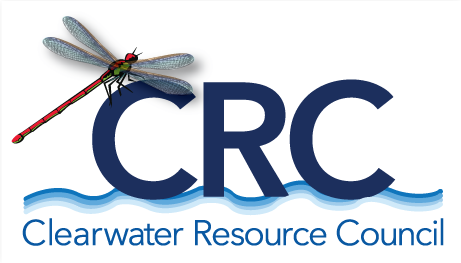Wildfires - Tips to Save Your Home
Jack Cohen presenting in Seeley Lake
On the heels of the 2017 Rice Ridge fire, Seeley-area homeowners are considering what they can do in the future to protect their homes from wildfire. Jack Cohen, retired physical scientist from the Missoula Fire Sciences Laboratory, has information to help you save your home from wildfire.
Jack’s research established the Home Ignition Zone (HIZ), the area within 100 feet of a home that determines home ignitions during extreme wildfires. A homeowner along with neighbors can protect their homes by eliminating and reducing ignition factors within the HIZ before extreme wildfire conditions occur.
His principles create ignition resistant ‘local conditions’ for homes to survive even during extreme wildfires. Burning embers called firebrands, often from a wildfire more than a ½ mile away, ignite most destroyed homes by igniting it or igniting dead forest litter and grasses that spread on the surface to ignite homes.
Jack’s tips to create an ignition resistant home
Eliminate accumulated debris
Accumulated debris includes pine needles, bark flakes, pine cones and cone scales from your roof, rain gutters, decks, porches and other surfaces where firebrands can ignite the debris and produce flame contact with the flammable materials of your home. A leaf blower works great.
Use Metal Screening
Make sure all openings into your home such as attic and crawl space vents have 1/8 inch mesh metal screening. Flammable wood roofing is the most ignition vulnerable material a home can have; asphalt composition shingles are excellent for preventing firebrand ignitions as well as metal.
Clear Decks
Remove all flammable materials such as firewood, deck furniture with flammable cushions, lumber, bags of briquettes, lighter fluid (especially in plastic bottles), natural bristle brooms, etc. from on and under decks. Remember, extreme wildfire conditions typically have strong winds and low relative humidity. Assume firebrands can enter and accumulate in all corners, nooks and crannies to ignite the dry flammable surfaces of your home.
HIZ: Ground Areas <5 feet
Nothing on the ground within 5 feet of your home’s flammable materials (wall siding, decks, porches, boardwalks, etc.) should ignite and burn with flames or smolder in contact with your home flammable materials. This area is typically landscaped and includes flammable mulches, pine needles, dead grass, flower beds and shrubs with dead branches and foliage within the canopy and on the ground. Landscaping vegetation can be within this 5 feet area but should be well-watered, devoid of dead material and over bare ground to prevent firebrand ignitions. Decorative stones, gravel and pavers are a convenient way to maintain this area.
HIZ: 5 to 30 feet
The area within the HIZ from 5 to 30 feet of your home can have ignitions that do not burn with flames capable of contacting your home, igniting out-buildings within 30 feet and fences within 8 feet, and intense enough to ignite coniferous trees. Grass should be mowed to 2 inches or less and well-watered. Not all coniferous trees within this 30-foot area need to be eliminated but tree canopies should be separated by at least 20 feet. Branches should be pruned to at least 8 feet on mature trees with all branch wood and multi-year needles and leaves removed below the canopy (the ‘ladder fuels’).
HIZ: 30 to 100 feet
The HIZ area from 30 to 100 feet should be treated to prevent high intensity fire due to fire spread through coniferous canopy foliage (‘crowning’ and ‘torching’). As with the 5 to 30-foot area, ignitions and fire spread can occur. Individual coniferous trees should have canopy separation of at least 10 feet, or 3 to 5 tree clusters should be separated from other trees and clusters by at least 20 feet. In all cases, branches should be pruned to keep tree foliage at least 6 to 8 feet above the ground.
Although you cannot fireproof your home, you have greatly increased the effectiveness of firefighters to protect your home from destruction and you have increased the survival of your trees within the HIZ. Wildland fires are inevitable, as are the extreme conditions that create them. But, as Jack Cohen says, it is possible to prevent home destruction without eliminating wildfire.
Additional guidance for making your home ignition resistant to wildfire can be found at the web sites:
FireSafe Montana, ( firesafemt.org/home-and-landowners ) and Firewise ( www.firewise.org )

